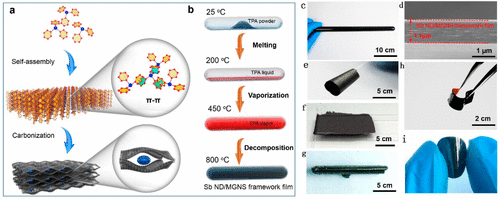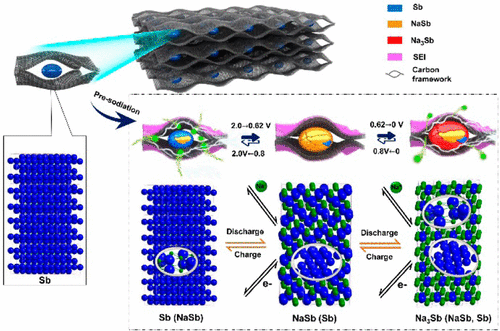|
Rechargeable batteries represented by lithium-ion batteries have been widely used in portable electronic devices and electric vehicles. However, a large volume change in the process of lithium ion intercalation and deintercalation can lead to the collapse and amorphization of the electrode material, resulting in the overall degradation of the battery performance. At present, the research on the anode material of the battery mainly focuses on solving the problem of the collapse of the electrode structure, and has made great progress, but still no effective solution is made to the amorphization of the electrode material. Due to sodium resources’ cheaper price, easier to get, sodium-ion battery become the best choice to replace lithium-ion battery, and is expected to play a huge role in the smart grid applications such as energy storage.
Professor Yang Jinhu's research group focused on amorphization of electrode materials and the development of sodium-ion battery, and made a breakthrough in reversible crystalline phase transition of sodium ion battery anode materials. Recently, the results are published online in the Journal of The American Chemical Society (JACS, 2016, DOI: 1965), titled "Direct Superassemblies of Freestanding Metal-Carbon Frameworks Featuring Reversible Crystalline-Phase Transformation for Electrochemical Sodium Storage" (JACS, 2016, DOI: 10.1021/jacs.6b10782, with an impact factor of 13).

The research work has been supported by close cooperation with Professor Zhao Dongyuan,Fudan University, Peng Chengxin,National University of Singapore. The research work has been funded by the National Natural Science Foundation of China and the Shanghai Innovation Key Project.

|